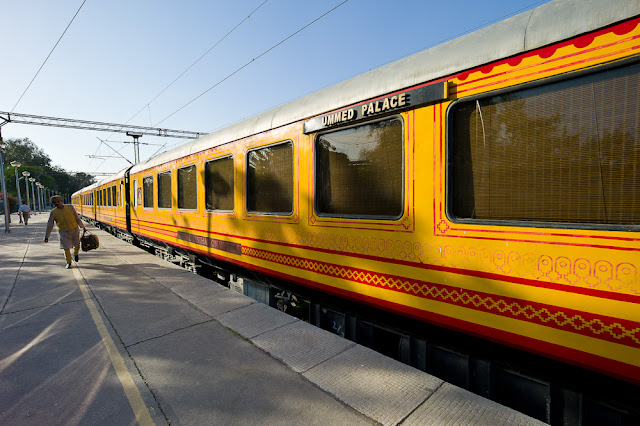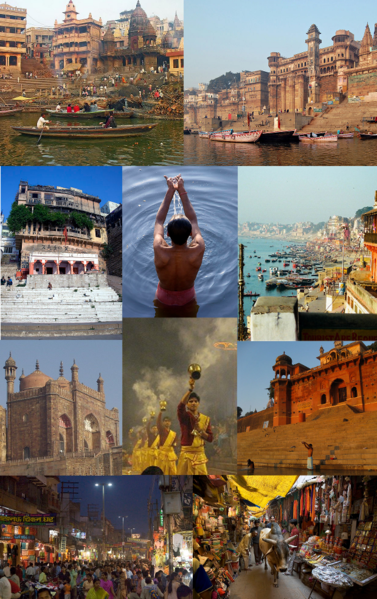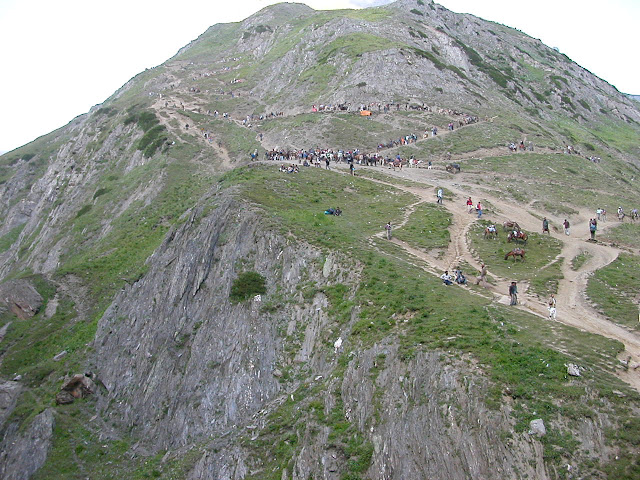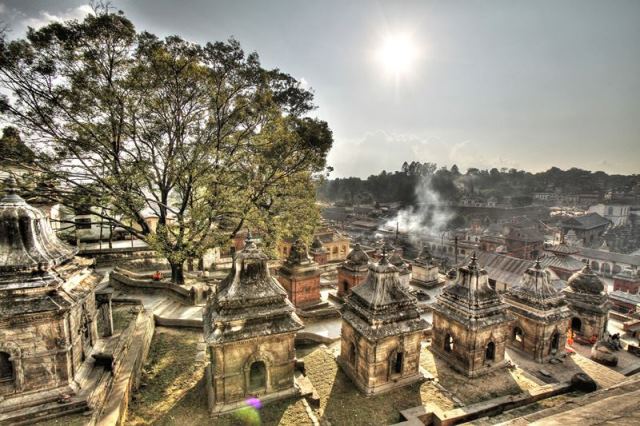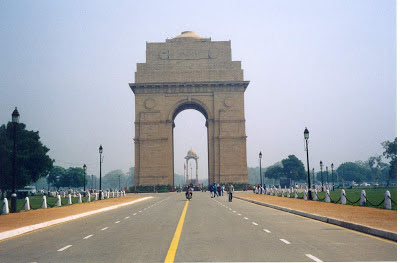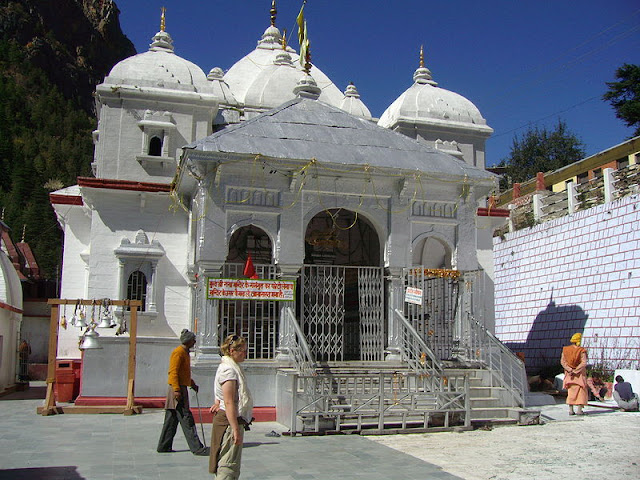When it comes to transport in India, Metro is the rapidly growing transit in India. It was first started in 1984 in Kolkata and after that Chennai in 1944 and Bangalore in 2011. Delhi Metro was launched in 2002.
Delhi Metro is the safest and most pollution-free, efficient, fastest and punctual mode of public transit in Delhi. After the resounding success of Delhi Metro, construction work for metro rail is ongoing in Mumbai, Jaipur, Kochi and Hyderabad.
Delhi Metro: At A Glance:
Operation Began: 24 October 2002
Track Length: 192.7 Kilometers approx
Train Length: 4/6/8 Coaches
No. Of Lines: 6 ( Red Line, Yellow Line, Blue Line, Green Line, Violet Line and Delhi Airport Metro Express)
No of Stations: 142
Seating Capacity:
4 Coach Train: 1506 passengers Approximately (With Seated and Standing)
6 Coach Train: 2,200 passengers Approximately (With Seated and Standing)
8 Coach Train: 2,800 passengers Approximately (With Seated and Standing)
Longest Line: Blue Line with 58.67 approx Km & 51 Stations (Including Yamuna Bank to Vaishali Route)
Highest Train Runs: 70 trains in Blue Line (Noida City Centre to Dwarka Sector 21 and Yamuna Bank to Vaisali)
First Line: Red Line (Dilshad Garden to Rithala)
Fare: Minimum 8 Rs and Maximum Fare Rs. 30/-
Timings: 6:00 AM to about 11:00 PM in the night.
Visit here for first train and last train timing.
Recently Delhi Metro celebrated its 10th year of operation. The first Metro journey started on 24 December 2002 flagged off by current Prime Minister Atal Bihari Vajpayee. Whereas the constructions work had started on 1 October, 1998.
Traveling Experience on Delhi Metro:
Delhi Metro is equipped with modern amenities like full ac coaches, well seating facilities & standing space, CCTV cameras in and outside the coaches, power supply connections inside coaches to charge mobiles and laptops, better humidity control and microprocessor-controlled disc brakes. And one of the great features of Delhi Metro is that it’s always clean and tidy.
Delhi Metro runs with 4 or 6 or 8 passenger cars. The first coach of every train in the direction Delhi Metro is moving is reserved for ladies. It is prohibited for male to board the coach reserved for ladies and if violated it is considered a punishable offense.
Remaining coaches could be boarded by both males and females and there is a few seats reserved for ladies, senior citizens and differently abled. The train frequency at stations is about 2 to 5 minutes.
Personal Space: Don’t Mind it:
India is a country of one billion and Delhi as its capital is very much crowded. If you are traveling in Delhi Metro mind that you don’t mind personal space. This is especially applicable for travelers from overseas (West).
Delhi Metro could get too crowded especially during office hours and for that matter any time. You could get jostled and occasionally brushed by fellow passengers but believe me that is mostly harmless and unintentional.
At some stations (which are the changing points for other metro lines), boarding and de-boarding the train (at Rajeev Chowk, Yamuna Bank and Kashmiri Gate) could get difficult. Make sure that you are standing close to the exit get in the center or you’ll be dragged back by the people getting in.
Delhi Metro Lines:
Delhi Metro runs 6 different routes which are referred by a particular color. The metro routes are named as Red Line, Yellow Line, Blue Line, Green Line, Violet Line and Airport Express. The Red line is the oldest line, which runs from Dilsahad Garden to Rithala.
Following is the list of Delhi Metro station on its different routes.
Line 1: Dilshad Garden - Rithala (Red Line):
Stations Covered by Line 1: Dilshad Garden - Jhilmil - Mansarovar Park - Shahdara - Welcome - Seelampur - Shastri Park - Kashmere Gate - Tis Hazari - Pul Bangash - Pratap Nagar - Shastri Nagar - Inderlok - Kanhiya Nagar - Keshav Puram - Netaji Subhash Place - Kohat Enclave - Pitam Pura - Rohini East - Rohini West – Rithala
Line 2: Jahangirpuri - HUDA City Centre: (Yellow Line):Stations Covered by line 2: Jahangirpuri - Adarsh Nagar - Azadpur - Model Town - GTB Nagar - Vishwa Vidyalaya - Vidhan Sabha - Civil Lines - Kashmere Gate - Chandni Chowk - Chawri Bazar - New Delhi -Rajiv Chowk - Patel Chowk - Central Secretariat - Udyog Bhawan - Race Course - Jor Bagh - INA - AIIMS - Green Park - Hauz Khas - Malviya Nagar - Saket - Qutub Minar - Chhatarpur - Sultanpur - Ghitorni - Arjan Garh - Guru Dronacharya - Sikandarpur - MG Road - IFFCO Chowk - HUDA City Centre
Line 3: Noida City Centre to Dwarka Sector 21: (Blue Line)
Stations Covered in Line 3: Noida City Centre - Noida Golf Course - Botanical Garden - Noida Sector 18 - Noida Sector 16 - Noida Sector 15 - New Ashok Nagar - Mayur Vihar Extension - Mayur Vihar I - Akshardham - Yamuna Bank - Indraprastha - Pragati Maidan - Mandi House - Barakhamba - Rajiv Chowk - Ramakrishna Ashram Marg - Jhandewalan - Karol Bagh - Rajendra Place - Patel Nagar - Shadipur - Kirti Nagar - Moti Nagar - Ramesh Nagar - Rajouri Garden - Tagore Garden - Subhash Nagar - Tilak Nagar - Janakpuri East - Janakpuri West - Uttam Nagar East - Uttam Nagar West - Nawada - Dwarka Mor - Dwarka - Dwarka Sector 14 - Dwarka Sector 13 - Dwarka Sector 12 - Dwarka Sector 11 - Dwarka Sector 10 - Dwarka Sector 9 - Dwarka Sector 8 - Dwarka Sector 21
Note - Yamuna Bank - Vashali also come in Blue Line and you will have to de-board and change the metro train from Yamuna Bank if you are on the train going towards.
Stations Covered: Yamuna Bank - Laxmi Nagar - Nirman Vihar - Preet Vihar - Karkarduma - Anand Vihar - Kaushambi - Vashali
Line 4: Inderlok - Mundka (Green Line)Stations Covered in line 4: Inderlok - Ashok Park Main - Punjabi Bagh - Shivaji Park - Madipur - Paschim Vihar East - Paschim Vihar West - Peeragarhi - Udyog Nagar - Surajmal Stadium - Nangloi - Nangloi Railway Station - Rajdhani Park - Mundka
Note: It also connects Satguru Ram Singh Marg and Kirti Nagar stations
Line 5: Central Secretariat - Badarpur (Violet Line)Stations Covered in Line 5: Central Secretariat - Khan Market - Jawaharlal Nehru Stadium - Jangpura - Lajpat Nagar - Moolchand - Kailash Colony - Nehru Place - Kalkaji Mandir - Govindpuri - Okhla - Jasola Apollo - Sarita Vihar - Mohan Estate - Tughlakabad - Badarpur
Line 6 the Delhi Airport Metro Express- New Delhi Metro Station to Dwarka Sector 21
Stations Covered in Line 6: New Delhi Station - Shivaji Stadium - Dhaula Kuan - Delhi Aerocity - Airport - Dwarka Sector 21
Ticket Options in Delhi Metro:Travel Card: You can buy this card in 100 Rs from any metro stations and you will get Rs. 50 travelling value and other balance Rs 50 will be consider as security deposit. (Refundable on return of card).
• Refundable Deposit: Rs.50 only
• Validity: One Year from the date of purchase or one year from the date of recharge whichever is later.
• Renewal: Rs. 5/- will be charged
• Facility to check balance on Card: Ticket Reading Machines at all Metro Stations.
Tourist Card:• For unlimited travel over short periods. There are two kinds of cards - 1 day and 3 day.
• Value of 1-Day Card: Rs 100
• Value of 3-Day Card: Rs 250
• Refundable Deposit: Rs 50/- payable at purchase (refundable on return of card)
Token:• Single-Journey Token: For one way journey
• Value will depend on the destination. Valid only on the day of purchase.
For more information on Delhi Metro visit - www.delhimetrorail.com/
About the Author:A seeker, learner and explorer,
Sandeep Manral loves to travel which could be attributed to the fact that he was born and brought up in Ranikhet, Uttarakhand located in Great Himalaya, a digital marketing professional by profession, Sandeep also loves to write on diverse travel topics along with regular features on SEO and Digital Marketing tips and tricks.
